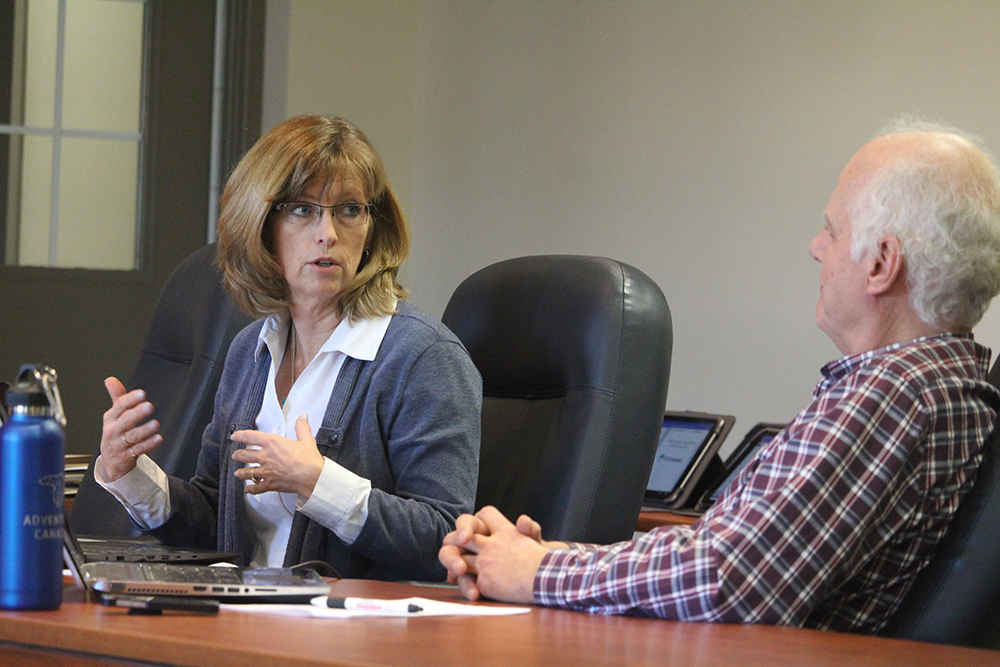Dysart et al roads are going to get worse if the municipal budget stays the same, according to projections from Decision Optimization Technology (DOT) software.
Staff presented the data to the municipal infrastructure and equipment committee Nov. 20. The municipality implemented the software this year to gather and organize data on all of its roads.
The software found if the roads capital budget remains steady at $1.25 million a year over the next 10 years, roads in poor condition would more than double in the short-term, from 18.5 per cent in 2019 to 46.6 per cent in 2021.
“The folks that are driving these roads today are saying that these roads are not in good enough condition,” Coun. John Smith said. “To have the poor category grow from 18 per cent to 46 per cent is inconceivably outrageous.”
The 10-year projection also shows things would gradually improve after 2021, with roads in poor condition falling to 13.1 per cent in 2029.
Smith argued the municipality needs to prioritize more funding, beyond 2019’s increase. He noted the municipality only resurfaced about six per cent of hard-top streets this year, when they would need to double that to maintain them on a typical eight-year life cycle.
“We’re spending money on other things that frankly are not essential services,” Smith said. “We don’t need to put bicycle lanes in every road but we sure do need to get them out of the poor category.”
Committee chair and deputy mayor Patrick Kennedy suggested the municipality could consider a loan to address the situation, citing the County of Haliburton’s plans to borrow $3 million in 2020.
Mayor Andrea Roberts said she preferred not to and favoured an incremental increase to the roads budget. She floated a $1.35 million figure.
“There’s middle ground,” Roberts said. “The fact is you’re always going to have a percentage of your roads that are not perfect … the odd pothole here and there, that’s normal.”
Kennedy said 2020 might be a “clean-up” year to address areas highlighted in the municipality’s 2014 roads needs study, which is due to expire next year. The municipality could then start to catch up in 2021 and beyond.
Smith protested their perspectives and said the $1.35 million suggestion was “not near enough.”
“You’re kicking the can down the road,” Smith told Kennedy.
“I’m not,” Kennedy replied, noting the software’s 2029 projection. “The thing goes in cycles.”
The committee did not make any motion but asked staff to better explain the data and DOT system to council.





